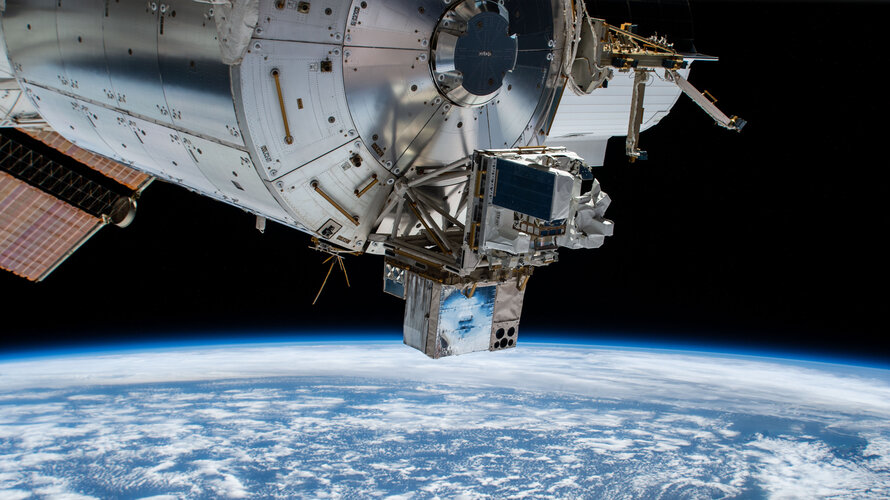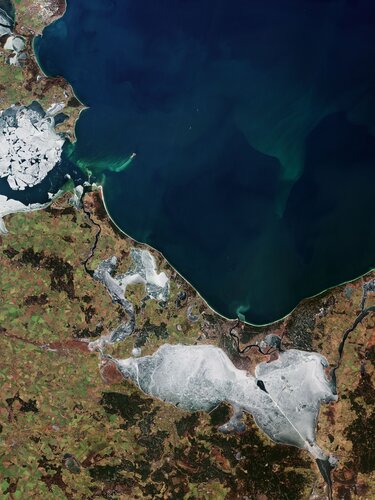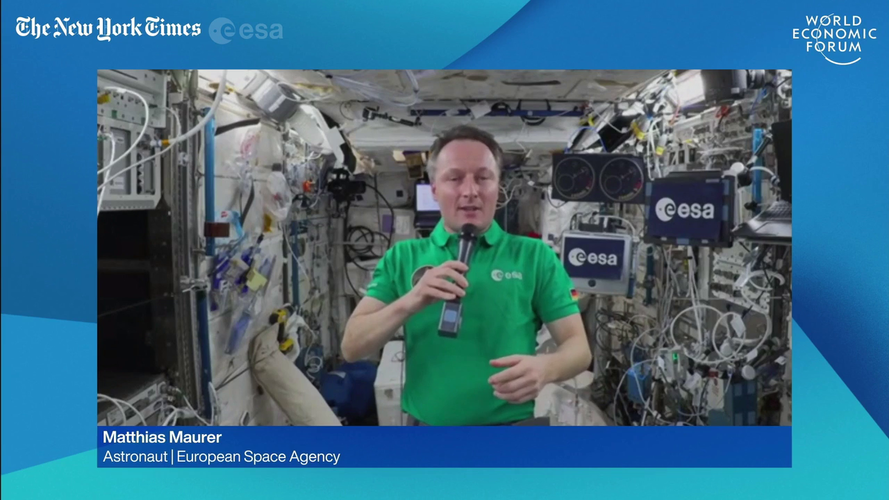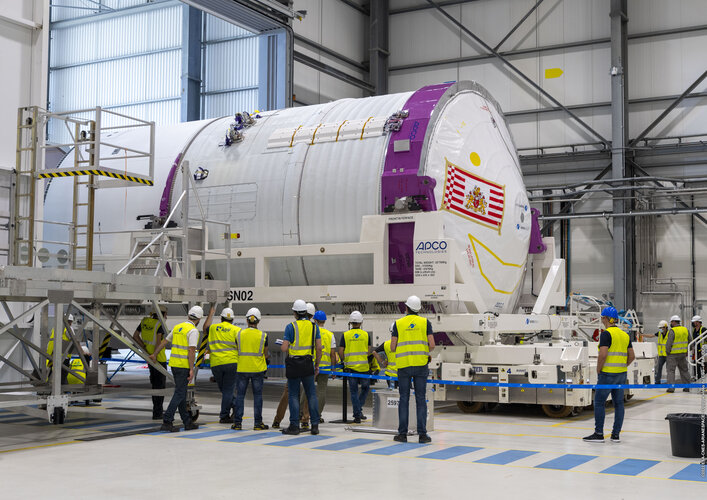
Copernical Team
NASA's TESS hits milestone of 5,000 exoplanet candidates

The catalog of planet candidates found with NASA's Transiting Exoplanet Survey Satellite (TESS) recently passed 5,000 TOIs, or TESS Objects of Interest.
New location, same ASIM
 Image:
Image:
The first-of-its-kind complement of instruments dubbed the ‘space storm hunter’ hangs out in its new location outside the International Space Station in this image taken by on of the Station’s external cameras.
The Atmosphere–Space Interactions Monitor, or ASIM for short, measures electric events in Earth’s upper atmosphere with cameras, photometers and X- and gamma-ray detectors.
Last week ASIM was switched off and moved by robotic arm to another spot outside the Columbus module to make room for an American payload. Now in its new location, the instrument is being activated and so far things are going well.
From its new
Week in images: 17 - 21 January 2022

Week in images: 17 - 21 January 2022
Discover our week through the lens
Earth from Space: Mecklenburg–West Pomerania, Germany

Part of Mecklenburg–West Pomerania, also known as Mecklenburg-Vorpommern, a state in northeast Germany is featured in this image captured by the Copernicus Sentinel-2 mission. A portion of the northwest coast of Poland can be seen in the right of the image.
ESA/WEF panel discussion and call with Matthias Maurer
 Video:
01:00:30
Video:
01:00:30
Watch the replay of ‘Live from Space: The Next Frontier for Knowledge and Action’. ESA astronaut Matthias Maurer, live from the from the International Space Station discussed with a panel of prominent experts and industry leaders, including ESA’s Director General Josef Aschbacher, about how space research can improve life on our planet.
Ariane 6 upper stage readies for tests at Europe's Spaceport

The central core of ESA’s new generation Ariane 6 launch vehicle arrived at Europe’s Spaceport on 18 January and is now inside the launch vehicle assembly building.
The Proba-3 program takes an important step in the integration of its two satellites
 The Proba-3 program, spearheaded by SENER Aeroespacial, the project's prime contractor for the European Space Agency (ESA), has accomplished several relevant milestones in the integration of the two satellites that will, for the first time, demonstrate a high- precision formation flight in space.
In the future, spacecraft formation flying technology will be used to replace bulky structures
The Proba-3 program, spearheaded by SENER Aeroespacial, the project's prime contractor for the European Space Agency (ESA), has accomplished several relevant milestones in the integration of the two satellites that will, for the first time, demonstrate a high- precision formation flight in space.
In the future, spacecraft formation flying technology will be used to replace bulky structures Arianespace to launch Microcarb on Vega C
 Arianespace has been awarded a launch contract by ESA, on behalf of the European Commission, to launch Microcarb in 2023 on Vega C. Microcarb is a 190kg satellite developed by CNES that will be delivered into a sun-synchronous orbit, 650km above the Earth.
"We are very proud of this new launch contract, which underlines the capacity of Arianespace to design the most competitive launch solu
Arianespace has been awarded a launch contract by ESA, on behalf of the European Commission, to launch Microcarb in 2023 on Vega C. Microcarb is a 190kg satellite developed by CNES that will be delivered into a sun-synchronous orbit, 650km above the Earth.
"We are very proud of this new launch contract, which underlines the capacity of Arianespace to design the most competitive launch solu Perseverance's first year on Mars: Purdue professor, mission team member looks at what is ahead
 Almost one year into the Mars rover mission, accomplishing its goal is on the horizon for Purdue University's Briony Horgan and the Perseverance team.
Feb. 18 will mark one year since the rover landed on the red planet following a seven-month, 300-million-mile flight across space.
Horgan, associate professor of planetary science in the Purdue College of Science's Department of Earth,
Almost one year into the Mars rover mission, accomplishing its goal is on the horizon for Purdue University's Briony Horgan and the Perseverance team.
Feb. 18 will mark one year since the rover landed on the red planet following a seven-month, 300-million-mile flight across space.
Horgan, associate professor of planetary science in the Purdue College of Science's Department of Earth, SETI's plan for a sky-monitoring telescope on the moon
 The SETI Institute teamed up with Louisiana State University (LSU) and Mississippi State University (MSU) to help students design the science program for AstronetX PBC's first lunar-based camera (L-CAM 1). The scientific program planning is funded by a Gordon and Betty Moore Foundation grant to AstronetX. Additional funding for student participation is provided by the National Science Foundation
The SETI Institute teamed up with Louisiana State University (LSU) and Mississippi State University (MSU) to help students design the science program for AstronetX PBC's first lunar-based camera (L-CAM 1). The scientific program planning is funded by a Gordon and Betty Moore Foundation grant to AstronetX. Additional funding for student participation is provided by the National Science Foundation 
